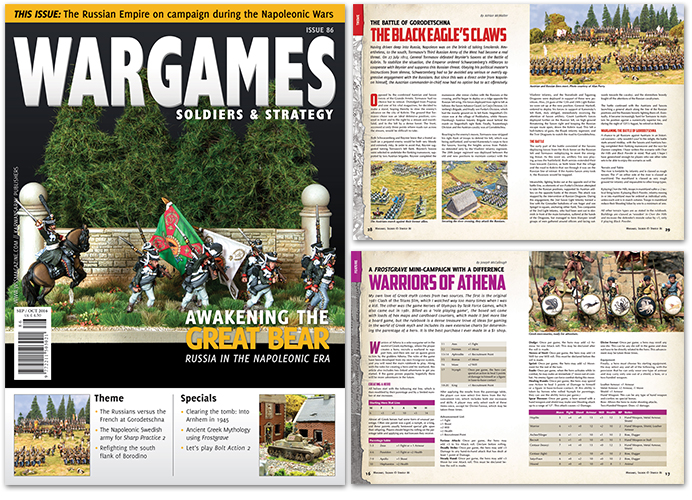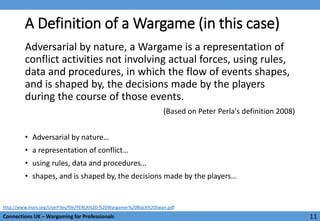
It is for this reason exactly that they need to confer on the matter of strategy and tactics on the notional battlefield. For them to gather around a conference table littered with tables and charts, game pieces and dice, and a large game board with terrain features and flora, would potentially seem beneath their status. The next generation of Georgian military leadership will need to begin thinking less like the high school chess champion, and more like the global grandmasters.įor implementation, the aforementioned reluctance for senior commanders will need to be addressed. The ability of a leader to simply have plans ready does nothing, but planning the repercussions, subsequent actions, the consequences of those actions, and so on pushes leaders to a deeper plane of thought when making tactical decisions.

EisenhowerĮisenhower’s quote above outlines this perfectly. Plans are worthless, but planning is everything. Comparatively, some of the greatest players around the world, chess grandmasters, have been noted as planning up to 30, 40, or even 50 moves deep. Amateurs have been studied and found to typically think 3 to 10 moves deep when preparing to make a move. It is not different from the comparison of amateur chess players and chess grandmasters. Just as chess is a game of forethought, so should the focus of wargaming in military education be. Pairing the new talent with the wargaming solutions that amplify their decision making abilities is a natural match. The new and upcoming Georgian military commanders are also from a generation that embraces such technologies. Marine CorpsĮncouraging this level of autonomy in brigade, battalion, and even company commanders is invaluable, particularly against fast-moving and cunning foes such as Russia. United States Marine Corps Officers conduct tactical training using computer generated wargames during an exercise. As a result, commanders come out with experience in potential real world scenarios and planning skills that encourage them to think outside of the proverbial “box” of doctrine. The wargaming programs used today blur the line between reality and training. These exercises are not what many associate with the board games sold in stores or the likes of Dungeons & Dragons.

Despite this, many senior command leaderships are rooted in outdated or ineffective methods of instruction, particularly those with a foundation based in Soviet military doctrine.īefore these commanders envelope themselves in tabletop battlefields, it is important for those with apprehensions to assess them.


As modern warfare becomes far more nuanced than centuries past, critical thinking is just as much a part of warfighting as weaponry and doctrinal tactics. To date, military leadership has been using both the board and computers to help hone their skills. However, with technology comes new opportunities to use this to advance the level of education for our military leaders. The idea of “gaming” the possible strategies against a notional foe is almost as old as warfare itself. Using this approach to leadership and command education is nothing new. Starting with the classic “Risk” to some of the more in-depth and complicated games such as Axis & Allies, these games have carved out their own niche in the gaming industry. Entire weekends spent around a table with friends, snacks or beer in hand, engaging in global conflict and political intrigue on a board. For many of the more senior, or seasoned, defense and security observers, wargaming is an old pastime.


 0 kommentar(er)
0 kommentar(er)
